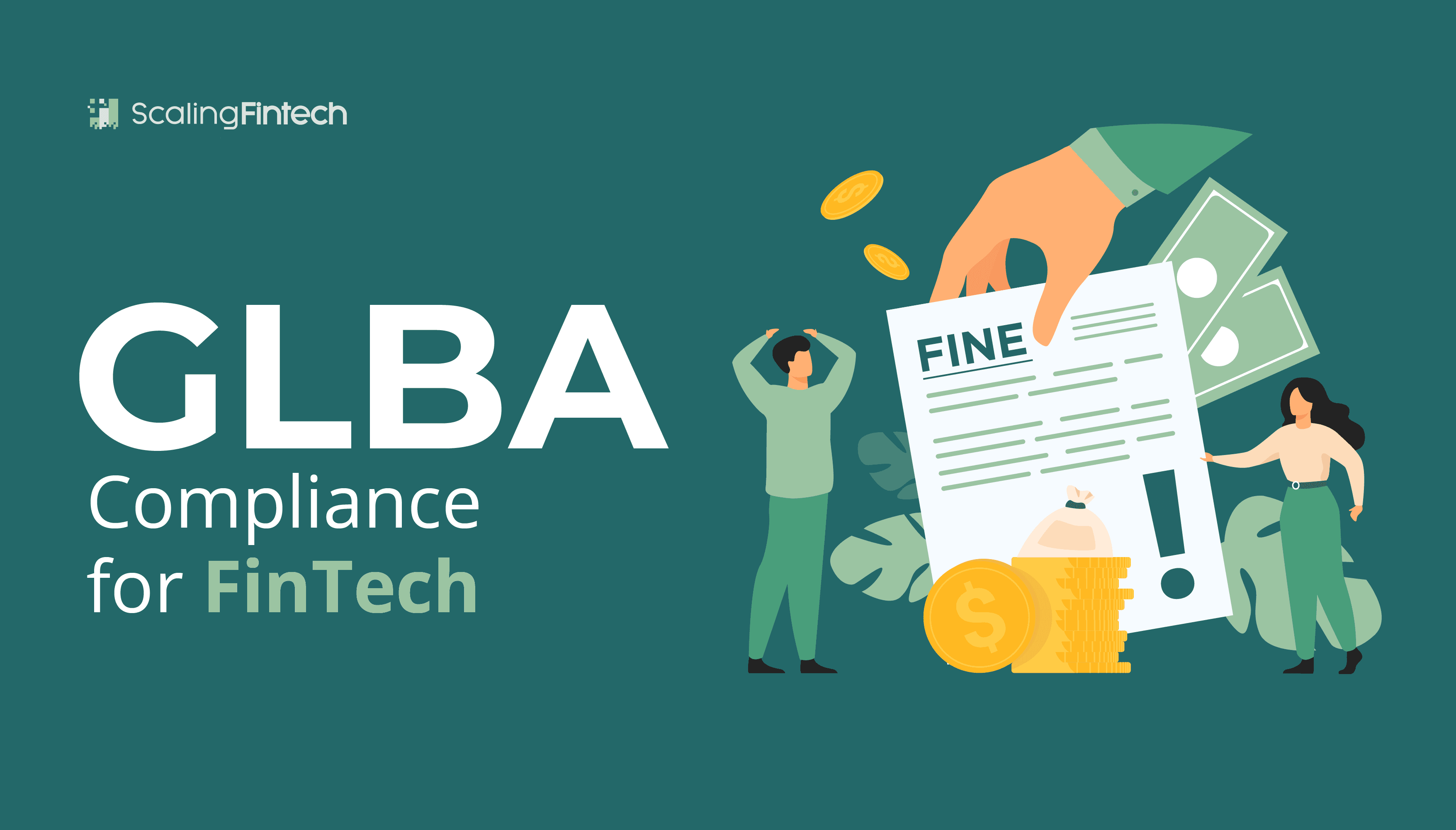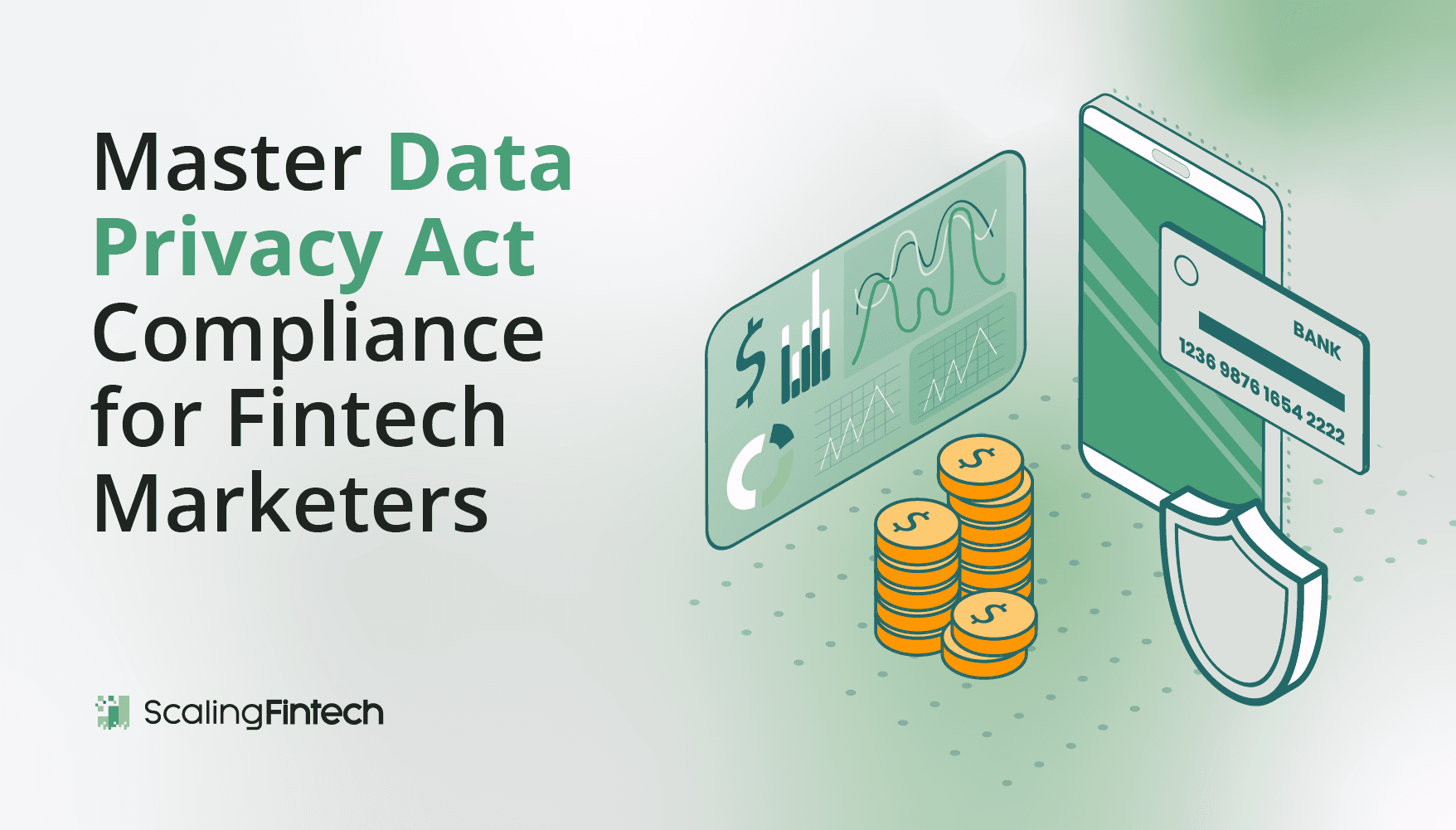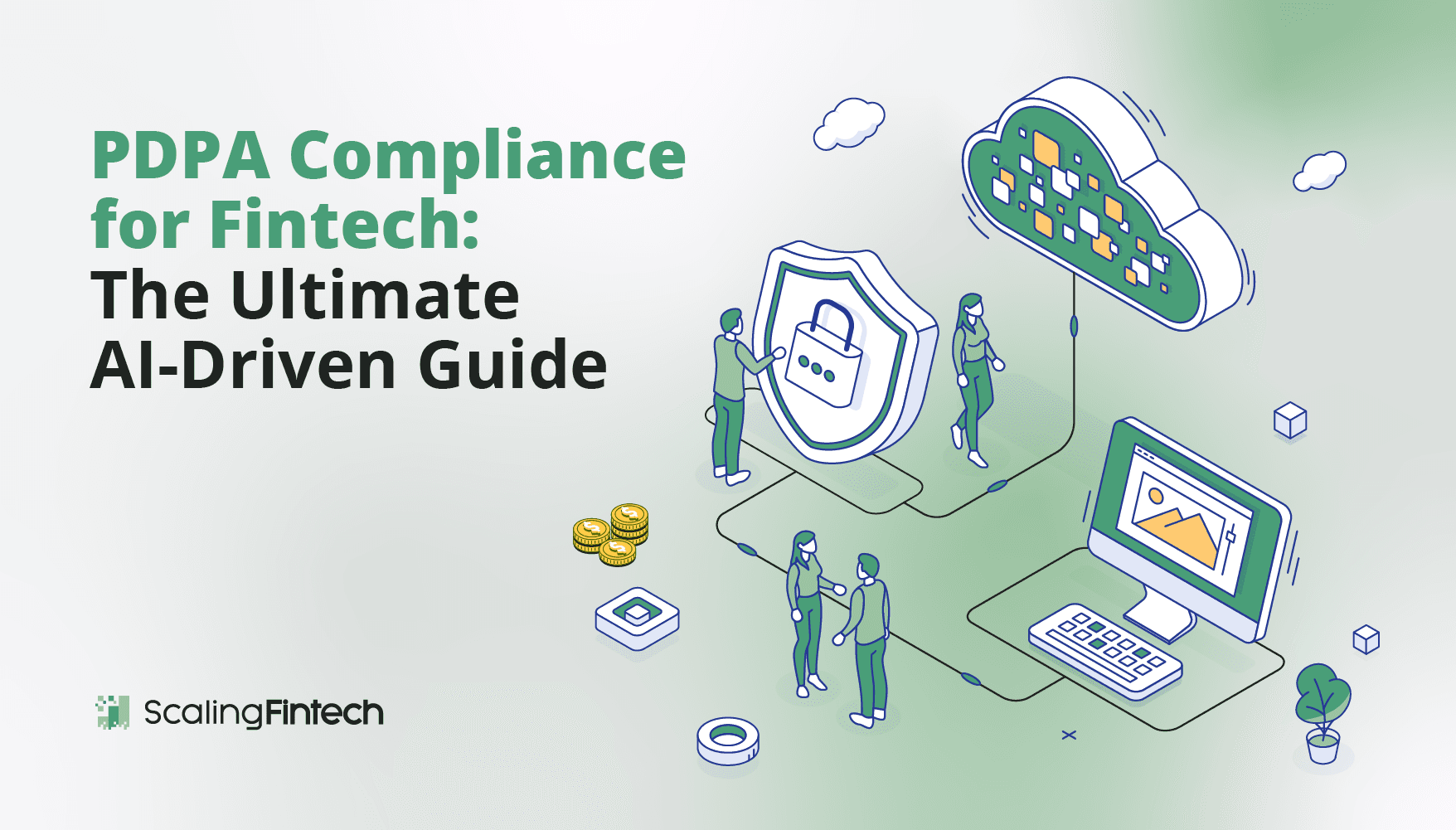Ensure GLBA compliance in fintech advertising while leveraging AI for growth. Protect consumer data, meet regulatory standards, and build customer trust effectively.
Success in fintech advertising needs more than creativity. It requires protecting consumer financial data while achieving measurable results. The Gramm-Leach-Bliley Act (GLBA) provides a framework for safeguarding sensitive data. This guide provides tips to align your fintech ads with GLBA compliance. It also shows how to use AI for growth in the financial technology sector.
Why GLBA Compliance Matters in Fintech Advertising
Understanding the Gramm-Leach-Bliley Act purpose and summary is crucial for fintech companies. GLBA compliance is essential not only for meeting legal obligations but also for building trust and maintaining your fintech’s reputation in the realm of financial services. Here’s what’s at stake:
Consequences of Non-Compliance
- Severe Penalties: GLBA penalties can incur fines of $100,000 and $10,000 per officer.
- Reputational Damage: Data breaches erode customer trust and harm your brand.
- Criminal Liability: Up to 5 years of imprisonment for serious GLBA violations.
- Civil Lawsuits: Costly legal actions from affected customers.
- Regulatory Scrutiny: Audits and potential loss of licenses.
For fintech companies, the stakes are especially high given the sensitivity of personal information and consumer financial information. GLBA compliance safeguards trust, differentiates your brand and prevents costly enforcement actions.
Understanding GLBA Compliance in Advertising

The GLBA is grounded in three key rules that directly impact fintech advertising and data protection:
1. The Financial Privacy Rule
- Requirement: Disclose data collection, use, and sharing practices transparently.
- Tip: Include clear and concise privacy notices at every ad touchpoint collecting nonpublic personal information.
2. The GLBA Safeguards Rule
- Requirement: Implement robust security protocols to protect financial data.
- Tip: Conduct regular risk assessments of your advertising platforms and tools to ensure GLBA security requirements are met.
3. The Pretexting Provisions
- Requirement: Prevent deceptive tactics to access customer financial information.
- Tip: Train marketing teams to identify and block unauthorized access attempts.
Important Note: GLBA compliance extends to third-party vendors and advertising platforms. Financial institutions, including fintech companies, remain responsible for ensuring vendor compliance with data protection laws and standards.
The Role of AI in Fintech Advertising
Artificial Intelligence (AI) is revolutionizing fintech advertising by delivering hyper-personalized campaigns and automating processes. Here’s how AI enhances your marketing strategy while maintaining GLBA privacy standards:
- Behavioral Insights: Analyze user patterns to refine ad targeting.
- Dynamic Personalization: Adjust ad content in real time to match user preferences.
- Fraud Detection: Identify and prevent fraudulent ad activities, enhancing cybersecurity.
- Predictive Analytics: Forecast trends and improve customer engagement.
- Campaign Optimization: Automate ad placement and performance tracking.
Example: A fintech startup using AI-driven recommendations saw a 28% increase in click-through rates within a month while adhering to GLBA permissible use guidelines.
However, with these advancements come privacy concerns.
Customers value transparency, with 81% expressing worries about how AI handles their personal information. Balancing personalization with privacy is key to maintaining trust and ensuring regulatory compliance.
Building a GLBA-Compliant AI Framework

Creating a compliance framework that integrates AI into fintech advertising ensures secure and effective campaigns while respecting consumer rights.
Step 1: Conduct Regular Risk Assessments
- Actionable Tip: Use AI-powered tools to identify vulnerabilities in your ad tech stack and information security program.
- Example: Deploy automated scans to verify all data processing aligns with GLBA requirements and other relevant data protection laws.
Step 2: Develop Comprehensive Security Policies
- Actionable Tip: Define rules for data collection, sharing, and storage. Include data encryption and role-based access controls to protect nonpublic personal information.
Step 3: Automate Compliance Monitoring
- Actionable Tip: Leverage AI for real-time checks on privacy notices and data sharing practices.
- Example: Use dynamic templates that adjust based on user interactions and GLBA privacy requirements.
Step 4: Train Your Teams
- Actionable Tip: Conduct regular training on GLBA requirements, ethical AI practices, and related regulations like the Fair Credit Reporting Act (FCRA).
- Example: Share case studies on GLBA violations and their consequences to enhance awareness.
Step 5: Document All Compliance Efforts
- Actionable Tip: Maintain detailed records of marketing decisions, risk assessments, and audit findings to demonstrate GLBA compliance.
Strategies for Protecting Customer Data in Advertising

Enhancing Data Security
Key components of a robust security framework for fintech data protection include:
- End-to-End Encryption: Protect data from collection to storage.
- Role-Based Access Control: Restrict access to data based on roles.
- AI-Powered Threat Detection: Identify anomalies and prevent breaches.
- Routine Security Audits: Proactively identify and address vulnerabilities.
Creating Transparent Privacy Practices
| Practice | Implementation |
| Clear Privacy Notices | Use simple, clear language for policies |
| Regular Updates | Notify users promptly about policy changes |
| Easy Opt-In/Out Options | Provide intuitive data control mechanisms |
| Educational Resources | Offer tutorials on data protection |
Example: A fintech platform gained a 47% increase in customer trust scores after introducing user-friendly privacy dashboards that clearly explained information sharing practices.
Overcoming Compliance Challenges
1. Data Breach Management
FTC enforcement guidelines require reporting breaches affecting over 500 individuals within 30 days.

2. Managing Vendor RisksEnsure third-party vendors meet compliance standards:
- Conduct due diligence when selecting vendors.
- Include strict data handling clauses in contracts.
- Monitor vendor compliance with regular audits.
Case Studies: GLBA Compliance in Action
1. Digital Lending Platform
- Challenge: Scaling ad campaigns while ensuring compliance with fintech data regulations.
- Solution: Automated compliance monitoring with AI tools.
- Results: Reduced GLBA violations by 92% and increased marketing ROI by 35%.
2. Fintech Payment Processor
- Challenge: Managing data security for millions of transactions.
- Solution: Integrated AI-powered fraud detection and GLBA compliance checks.
- Results: Improved customer trust by 47% and enhanced overall regulatory compliance.
How Scaling FinTech Can Help
Scaling FinTech provides AI-driven, custom solutions. They align your ads with GLBA and other fintech rules.
Our solutions Include:
- AI-Driven Consent Management: Automate user permissions for transparency.
- Data Minimization Strategies: Collect only essential personal information.
- Secure Data Sharing: Ensure third-party vendor compliance with GLBA standards.
- Explainable AI Tools: Provide clear insights into AI-driven decisions.
Get Started Today: Book a free consultation. We’ll explore how Scaling FinTech can help you meet GLBA rules while succeeding in financial services ads.
Conclusion: Driving Growth While Ensuring Compliance
GLBA compliance is the foundation for secure and effective fintech advertising. Financial institutions can grow by using AI with strong compliance. This will protect customer trust and meet regulations.
Take Action: Partner with Scaling FinTech. Create a privacy-first, GLBA-compliant ad strategy. It must protect consumer financial info. It must also position your brand for long-term success in the competitive fintech landscape.
FAQs

1. What is the GLBA, and why is it relevant to fintech companies? The Gramm-Leach-Bliley Act requires financial firms to protect customer data. This is vital for fintech and data privacy.
2. How does GLBA impact AI-driven advertising?
GLBA mandates transparency and security in handling customer data. It ensures the responsible use of AI in marketing and promoting financial products.
3. What steps should fintech companies take to ensure compliance? Use strong security, automate compliance checks, and train teams on the GLBA and data protection laws.
4. Can AI help with GLBA compliance?
Yes, AI tools can automate monitoring and detect risks. They can also streamline consent management. This ensures compliance with GLBA standards and boosts overall regulatory compliance in fintech.
5. Who enforces GLBA and what are the consequences of non-compliance? The Federal Trade Commission (FTC) is primarily responsible for GLBA enforcement. Non-compliance can lead to severe penalties. These include fines, legal action, and damage to a financial institution’s reputation.




